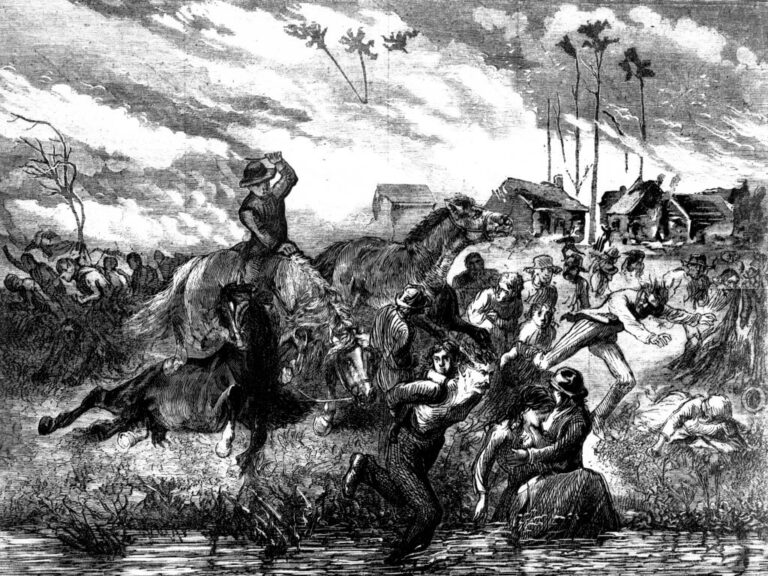Following Tommy
Following Tommy
Bob Hartley
Cervena Barva Press, July 2012
104 pages
$17.00
I was asked to review “Following Tommy” in part because I’m a Chicagoan. Bob Hartley’s first novel is set in the West side of the Windy City, and if anyone can recognize Chicagoness, tap into that essence and understand an author’s grilling and plating of said essence, it must be another Cubs fan.
Unfortunately, I have no idea what Chicagoness might be. It may not exist, and perhaps I’ve woefully misunderstood my assignment. “Review this book,” the book reviews editor said, and I heard “You, with your Midwestern-yet-refined urban sensibilities: you must know this thing, this center-warm, charred crusty outside thing, like a Chicago-style steak. Show us the way.”
I have few literary reference points, however, even if I’ve got the assignment correct. Chicago authors—the Hempels, Hemons, Burroughses, Andersons, Dicks, and Egans—are all writers I’ve either never read (Egan, Hempel, and Burroughs), or writers whose works most familiar to me have no Chicago scenery (Hemon’s Bosnia, Anderson’s Ohio, Phillip K Dick’s world of crippling depressive insanity). Saul Bellow’s in there too—never read Augie March—and I’ve heard him called the quintessential Chicago writer.
“Following Tommy” is my test kitchen, then. And like the ketchup you’ll never find on a Chicago hot dog, an absence caught my eye as I was walked through the west side of town, circa 1962: landmarks. It could be literary maturity, or just a reminder that in ’62, the West Side wasn’t terribly tourist-friendly, but Hartley doesn’t do much name-dropping. A few street names pricked my ears, the familiar avenues I’ve driven down quickly as I go from my parents’ suburb to my friends’ North Side apartments, but that’s it. Hartley strands us right along with Jacky and Tommy O’Day, our protagonist and his brother, but we could be standing anywhere.
The book’s mustard, celery salt, and relish, on the other hand, are present but cheap, no-name brands, and this is where things drift into the inedible. The elder Tommy is hellish, angry, and that’s it. Cousin Hippo is the routine clownish sidekick. Jacky is the reader, the kid who could get out but can’t leave his family behind. Junior is the drunk, widowed father. Peg is the good girl down the street, interested in Jacky until he goes too far.
These kinds of characters are the Chicago hot dog to a T, certainly—around since anyone can remember, unchanged—but Hartley hasn’t played with their boundaries or with the political, philosophical, or psychological undercurrents that threatened to pull Chicago’s poor right into the river and out to Lake Michigan.
So where’s the beef? It is in there, in the form of a violent look at racial tensions in the predominantly Irish West side: kids get beaten half to death by cops, cars get lit on fire, and a .38 shot to the gut brings the story to its finale. The rest, however, is mostly condiments.


